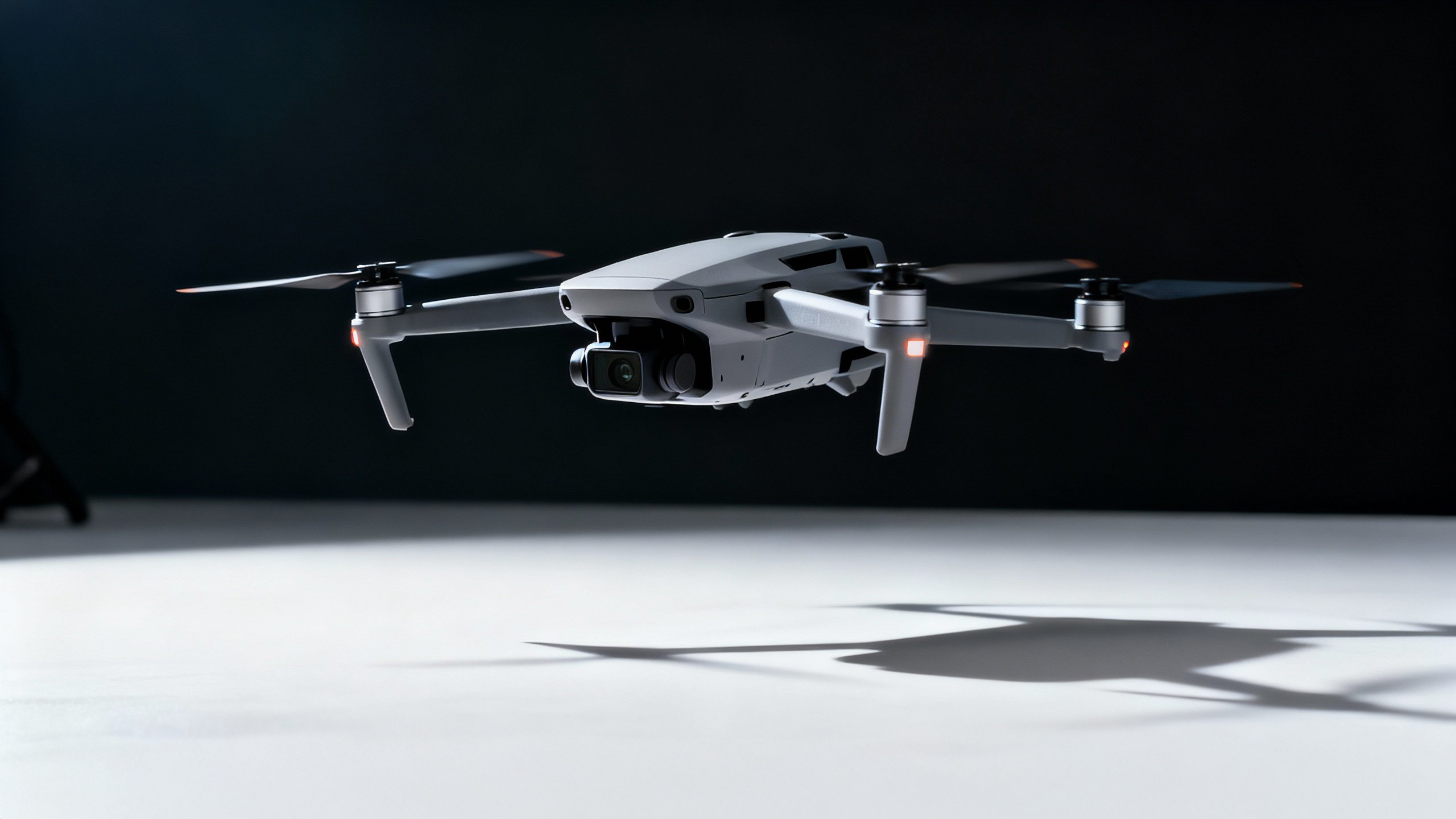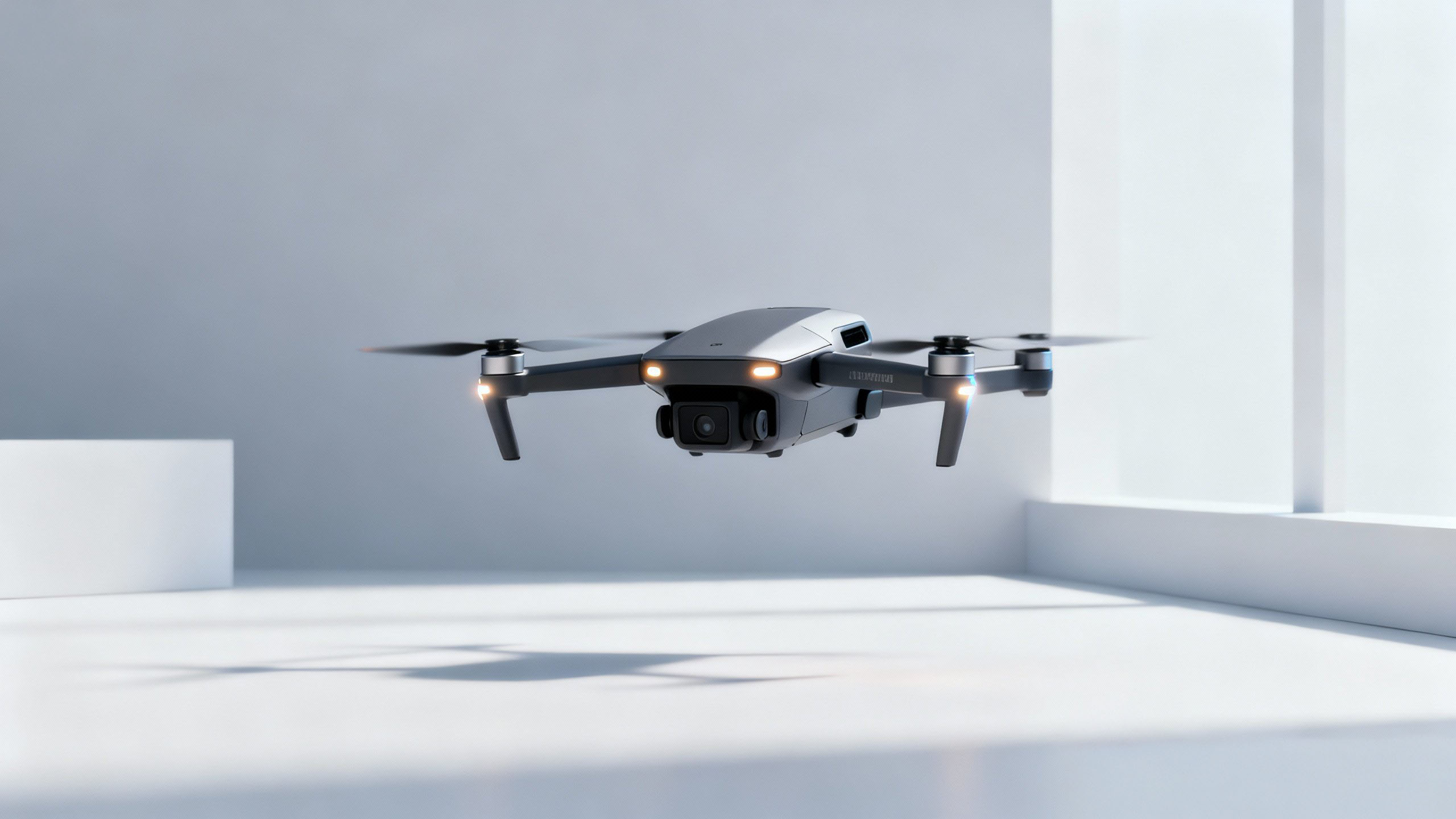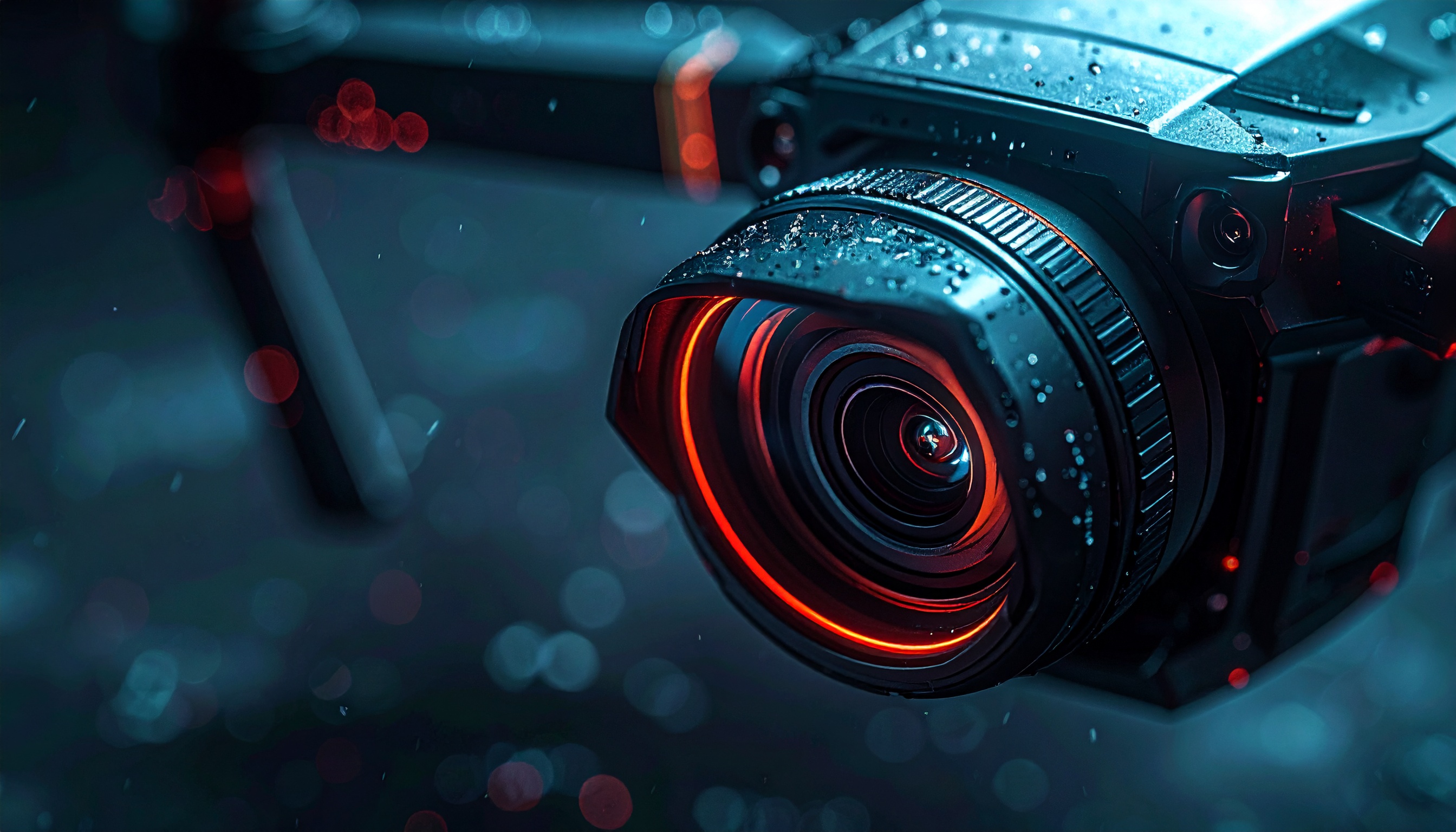The Depths Unveiled: Project Aqua-Ops and the Hybrid Submersible Drone
This groundbreaking aerial-aquatic platform is engineered for seamless transition between air and water, merging UAV technology with deep-sea exploration to revolutionize offshore energy and marine surveillance.
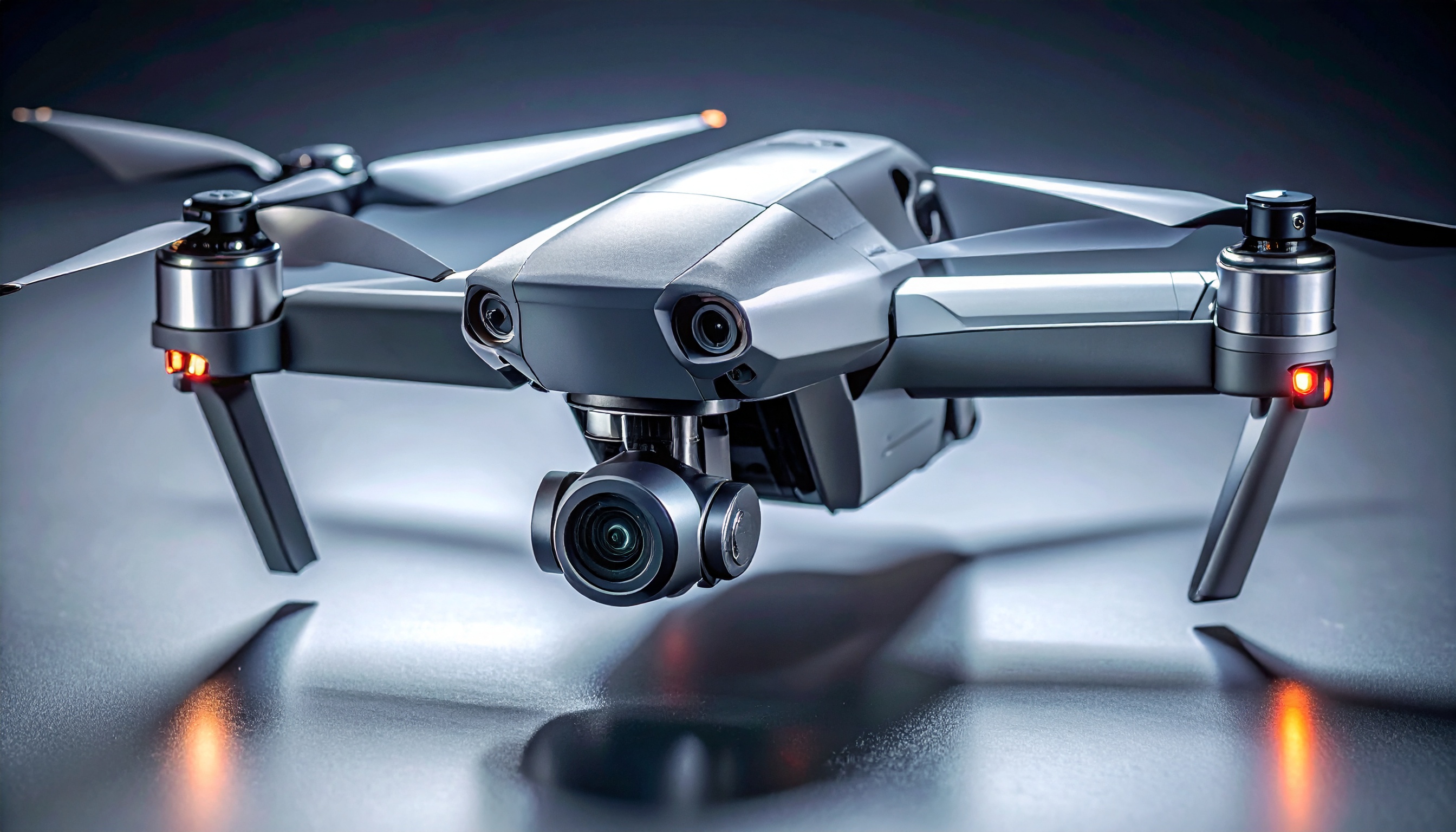
This groundbreaking aerial-aquatic platform represents the convergence of UAV technology and deep-sea exploration. Engineered for seamless transition between air and water, this hybrid drone eliminates the logistical barrier between atmospheric inspection and deep-ocean surveillance, opening new frontiers in offshore energy, maritime defense, and marine biology.
The Aether-Hydro Continuum: Dual-Mode Engineering
The core challenge in creating a hybrid aerial-submersible unit is reconciling the demands of two radically different environments: the lift required for air flight and the pressure resistance necessary for diving. This platform achieves this through **Variable Density Structuring (VDS)**. The airframe utilizes micro-actuators that compress the internal lattice structure upon submersion, instantaneously increasing the overall density and resistance to hydrostatic pressure.
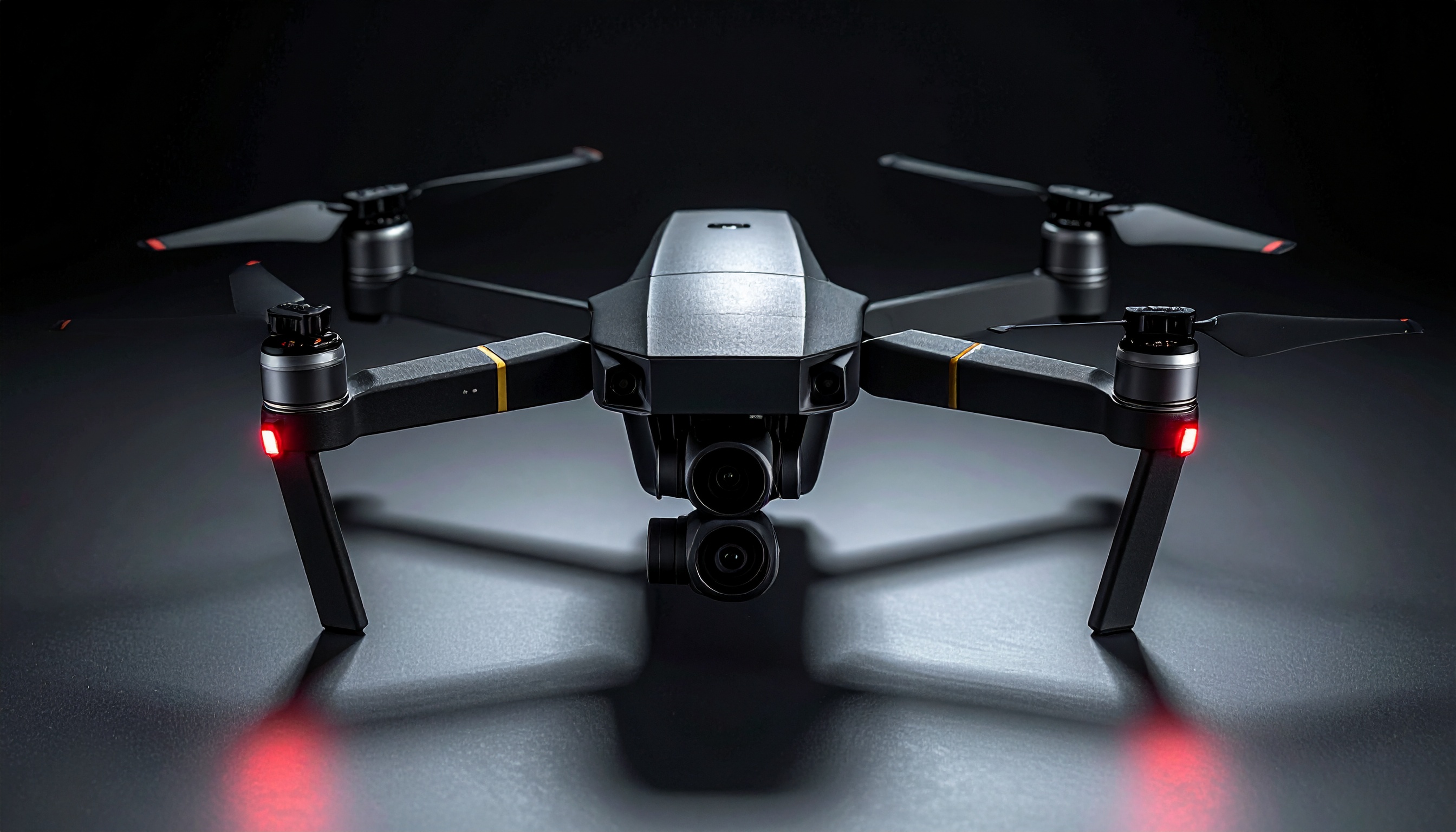
Propulsion is handled by dual-function thrusters. In the air, specialized shrouded rotors provide efficient lift. Upon entry into the water, these same rotors transition to operate as highly efficient hydro-thrusters, leveraging fluid dynamics algorithms to maintain precise three-dimensional maneuvering underwater. The transition process from full flight to deep dive can be completed autonomously in under ten seconds.
Operational Transition Specifications:
- Air Speed: Up to 120 km/h cruising speed.
- Dive Depth Rating: Certified to 500 meters (1,640 feet).
- Water Propulsion Efficiency: Optimized for low-noise survey operations.
Deep-Sea Sensory Integration and Data Harvest
Operating in the aphotic (lightless) zone demands sensors that function independent of visual light. The drone is equipped with two primary deep-sea data acquisition systems:
High-Resolution Synthetic Aperture Sonar (HR-SAS): This specialized radar maps the ocean floor and submerged infrastructure with unprecedented clarity. Unlike standard sonar, the HR-SAS generates near-photographic resolution images by processing multiple acoustic pulses, allowing for detailed inspection of pipeline integrity, seabed topology, and debris identification, even in highly turbid water.
Quantum Light Detection (QLD) Imager: To overcome the rapid absorption of light in water, the drone uses a cutting-edge QLD system. This technology captures individual photons that penetrate the water column, amplifying and synthesizing them to create near-real-time visual imagery. This permits biological and geological observation at depths previously requiring expensive, intrusive, and tethered ROVs (Remotely Operated Vehicles).
The combination of HR-SAS and QLD provides operators with a comprehensive, multi-layered view of the underwater environment, drastically reducing the uncertainty and time associated with traditional marine surveying.
Deployment and Industrial Applications
The hybrid capability transforms high-risk and remote maritime logistics. For instance, in offshore wind energy projects, the drone can launch from a shore base, fly quickly to the distant turbine, conduct an aerial inspection of the rotor blades, land on the water, dive to inspect the submerged foundation and anti-corrosion systems, and return—all in a single automated mission.
Marine Archaeology: The platform offers a non-invasive method for mapping shipwrecks and submerged ruins. By utilizing its quiet hydro-thrusters and precise SAS system, it can generate accurate 3D models of historical sites without disturbing delicate artifacts or sedimentary layers.
Offshore Infrastructure Maintenance: The system drastically cuts the cost and complexity of inspecting critical deep-sea cables, oil risers, and pipelines. It provides immediate high-definition anomaly detection, signaling potential failures before they escalate into environmental disasters. Its robust quantum communication link ensures that vital data transmission remains secure and uninterrupted during deep dives.

